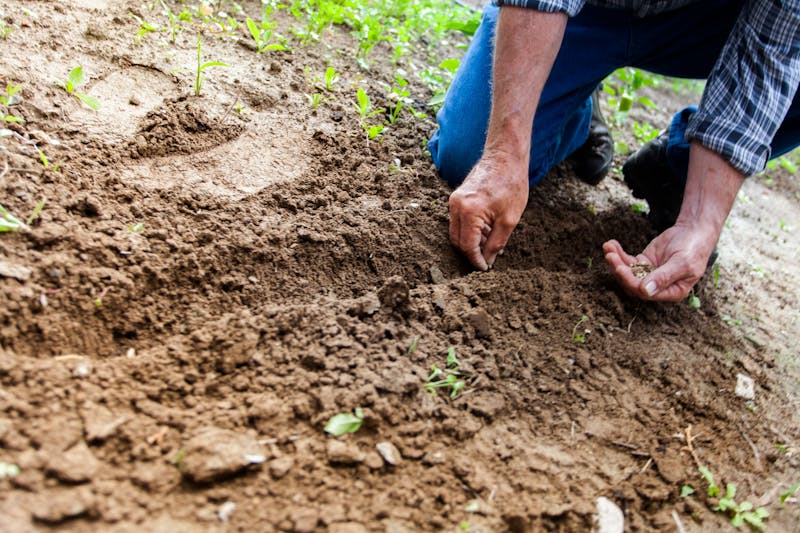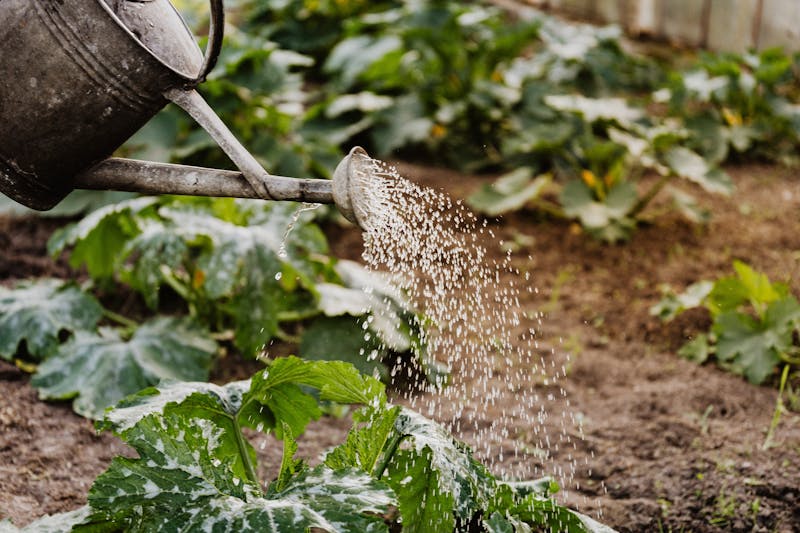Now is an ideal time for plant propagation, especially using cuttings, as many plants are entering a period of vigorous growth. Propagating plants from cuttings allows you to create new plants from your existing ones, making it a cost-effective and satisfying way to expand your garden. Here’s a guide to help you get started with this rewarding gardening technique.
Choosing The Right Plants For Plant Propagation
Not all plants are suitable for propagation from cuttings, but many popular garden plants, such as herbs (like rosemary and mint), shrubs (such as hydrangeas and roses), and houseplants (like pothos and philodendrons), can be successfully propagated this way. Choose healthy, disease-free plants from which to take your cuttings.
Types Of Cuttings For Proper Plant Propagation
There are several types of cuttings you can use, depending on the plant species:
Softwood Cuttings
Taken from fresh, new growth, these cuttings are ideal for fast-growing plants. Softwood cuttings are usually taken in late spring or early summer.
Semi-Hardwood Cuttings
These are taken from the current season’s growth that has begun to harden and mature. This type is best for many shrubs and is typically done in mid to late summer.
Hardwood Cuttings
Taken from mature, woody stems during the dormant season (fall or winter), these are ideal for many deciduous shrubs and trees.
Step-By-Step Guide To Taking Cuttings For Plant Propagation
1. Prepare Your Tools
Use sharp, clean pruning shears or a knife to take cuttings. Sterilize your tools to prevent the spread of disease.
2. Take The Cutting
Cut a 4-6 inch section from a healthy stem, just below a node (the point where leaves attach to the stem). Remove the lower leaves, leaving two or three at the top.
3. Optional: Use Rooting Hormone
Dip the cut end of the stem in the rooting hormone to encourage faster root development.
4. Plant The Cutting
Insert the cut end into a pot filled with a well-draining propagation mix, such as a mixture of perlite and peat moss. Firm the soil around the cutting to ensure good contact.
5. Create A Humid Environment
Cover the pot with a plastic bag or place it in a propagator to maintain high humidity. Ensure the plastic does not touch the leaves to prevent fungal diseases.
6. Provide Proper Care
Place the pot in a bright, indirect light location. Keep the soil moist but not waterlogged. Mist the cuttings regularly to maintain humidity.
7. Monitor And Transplant
After a few weeks, check for root development by gently tugging on the cutting. Once roots are established, gradually acclimate the new plant to normal conditions and transplant it into a larger pot or your garden.
Benefits Of Plant Propagation
Propagating plants from cuttings is not only economical but also allows you to preserve and multiply your favorite plants. It’s a great way to share plants with friends and family or to ensure your garden remains lush and diverse.

By mastering the art of plant propagation through cuttings, you can enjoy a thriving garden filled with beautiful, home-grown plants. Happy gardening!




